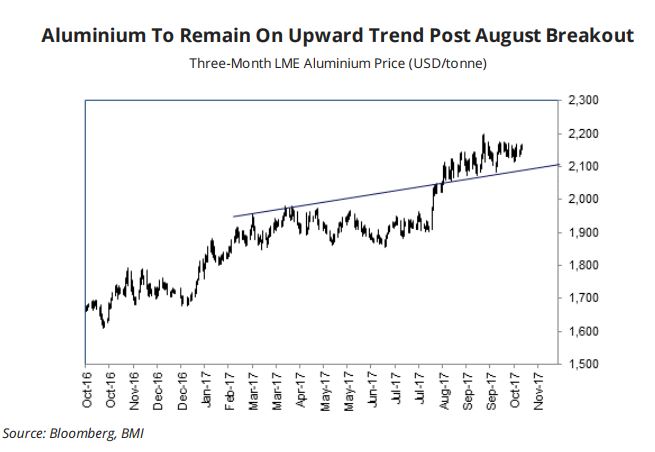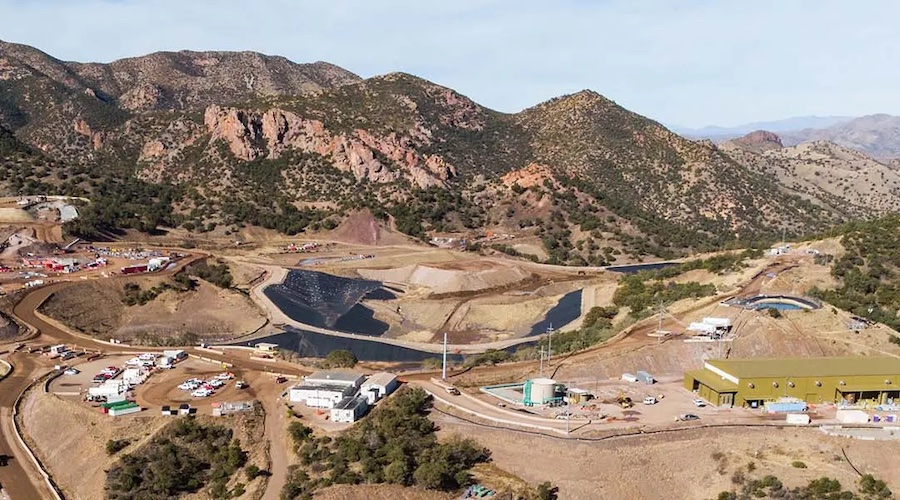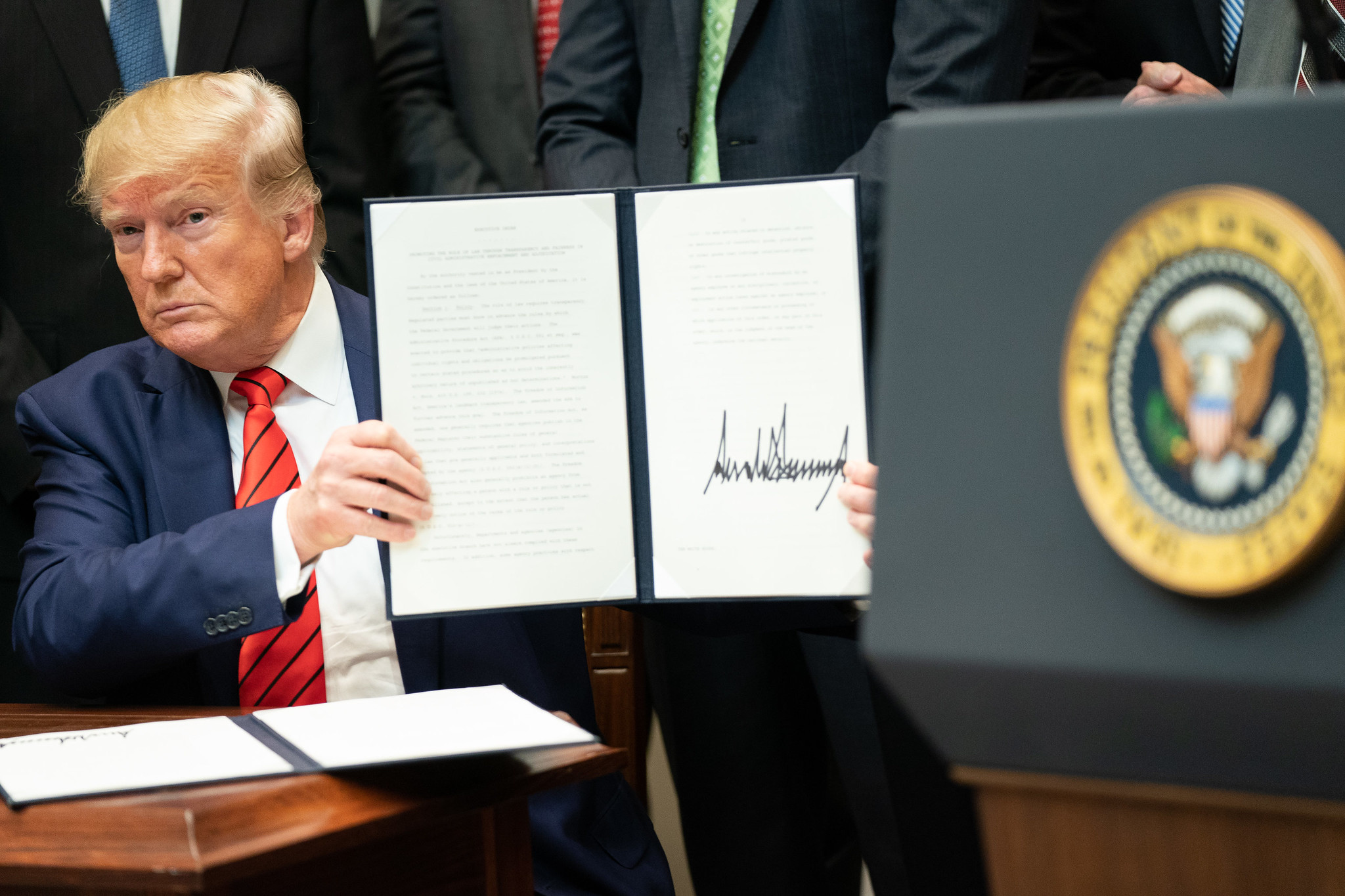China’s demand drives long-term gains for aluminium

In its latest report, BMI Research raised the 2018 aluminium price forecast to $2,000/tonne, from a previous forecast of $1,900/tonne.
Increasing demand, particularly from China, explains the shift as it “leads to a deeper-than-previously forecasted market deficit,” says the firm.
In the document, BMI goes on to explain that next year’s higher prices are the natural development of 2017’s reaction to strong Chinese economic data. The Asian giant’s financial performance pushed up base metals in August and allowed aluminium to break the $2,000/tonne barrier for the first time in three years.

“We previously identified this level as indicative of aluminium moving into a structurally higher trading range. Specific to the aluminium market, Chinese authorities will target significant capacity cuts over November 2017 – March 2018 as part of efforts to improve air quality. As of late October, we see this development as largely priced into aluminium prices. However, stricter enforcement of the cuts than we expect, namely targeting of active rather than just idled capacity that is not offset by new smelters coming online, could lead to a material decline in Chinese aluminium production and further deepen the global deficit, thus posing an upside risk to prices in 2018,” the report states.
BMI further support its forecast by looking at high-frequency indicators. According to their analysis, the monthly global primary aluminium balance has registered a persistent deficit since December 2016, with consumption exceeding production by 153kt in August 2017. This trend, the company says, it’s only going to intensify in the coming months. “Accordingly, we now forecast the market to shift into a deficit in 2017 rather than in 2018, and forecast a steeper deficit of 295kt in 2018 compared to a previous forecast of 167kt.
More News
South32 breaks ground on remote operating center at Hermosa project in Arizona
April 24, 2025 | 04:20 pm
{{ commodity.name }}
{{ post.title }}
{{ post.date }}



Comments